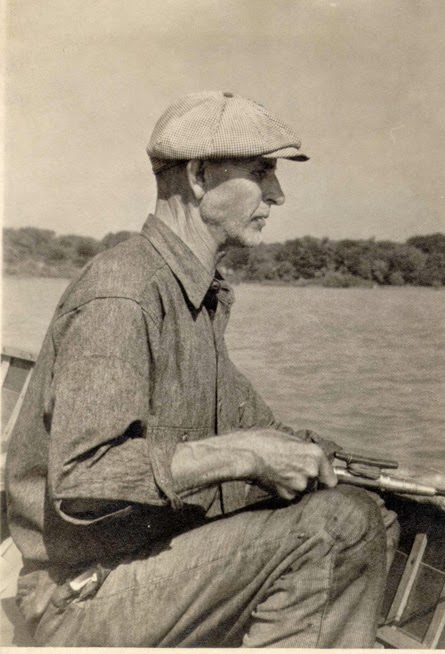Lewis M. Lea was born in Sandusky in 1843 to James D. and Caroline (Mackey) Lea. James D. Lea was successfully engaged in the lumber yard business in Sandusky for many years. When Lewis M. Lea was twenty years of age, he enlisted in Co. B of the 145th Ohio Volunteer Infantry. After the end of the Civil War, he began a long career in the jewelry business, working as a jeweler and watchmaker in Sandusky in 1866. He was first in partnership with other jewelers, including Joseph Bixby, Henry Dehnel, and a Mr. Greenfelder. In the 1888 Sandusky City Directory, Lewis M. Lea was listed as the sole proprietor of a jewelry business at 135 Columbus Avenue. He stayed at this location until 1917, when he moved the jewelry business to the Lea building at the southwest corner of East Market and Wayne Streets.
Besides selling watches, clocks, jewelry and silverware, Lewis M. Lea was also an optician. An advertisement in the May 1, 1891 issue of the Sandusky Register stated that residents could secure their spectacles from Lea, the “graduate optician.”
An article in the December 9, 1911 issue of the Sandusky Register stated that Lewis M. Lea’s life was “like an open book.” Mr. Lea was said to have large and well-selected stock, featuring “novelties of every selection” and a complete line of optical goods.
On August 18, 1918, Lewis M. Lea passed away after an illness of six months. His obituary, found in the 1918 Obituary Notebook, stated that Lewis M. Lea had been one of Sandusky’s best known business men. Funeral services were held at the Masonic Temple. Several Ohio leaders in the Masonic order attended Mr. Lea’s funeral, which was solemn and impressive, according to an article in the August 22, 1918 issue of the Sandusky Register. At the funeral, Grand Commander Barton Smith presented Lewis M. Lea’s 33rddegree Masonic ring to his son, Jay D. Lea. Lewis M. Lea was survived by his wife, one son, seven grandchildren, and a sister and brother. A son, Lewis W. Lea, had predeceased him. Lewis M. Lea was buried in the family lot at Oakland Cemetery. At the Follett House Museum you can view eyeglasses and silverware which were purchased from Lewis M. Lea’s jewelry store.












































































